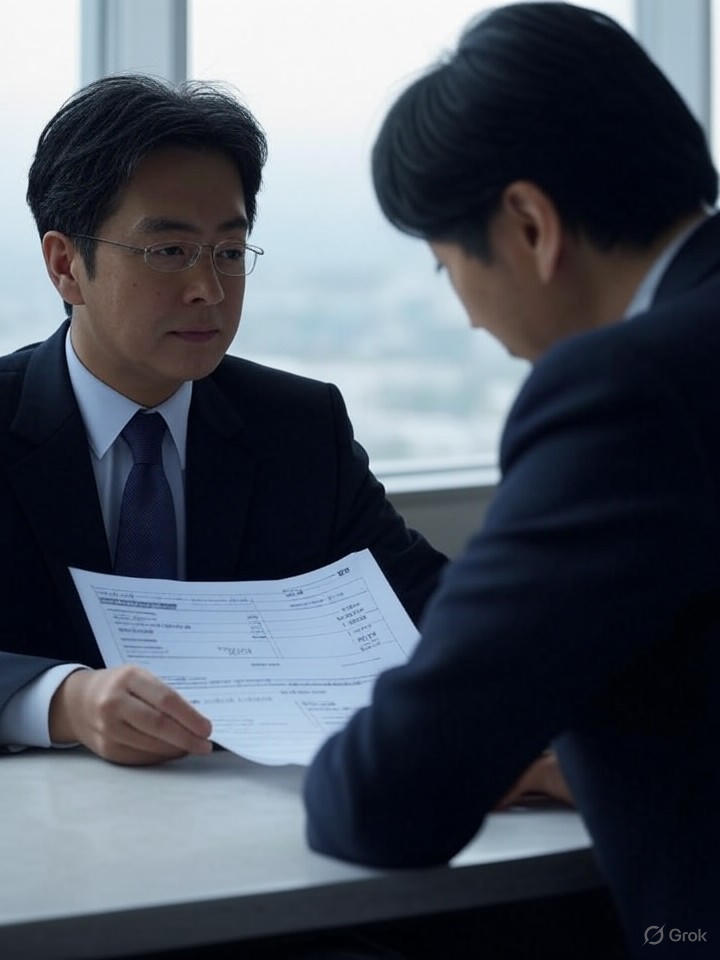In a surprising turn of events that could ease tensions in U.S.-Japan trade relations, the United States has admitted to a clerical error in its tariff calculations on Japanese imports, prompting a redo that significantly lowers the effective rates. This development comes amid broader concerns over President Trump’s aggressive tariff policies, which have roiled global markets and prompted downward revisions in economic forecasts for Japan.
Japan’s chief tariff negotiator highlighted the mistake during recent discussions, noting that the error had inflated the proposed duties on key exports like automobiles and electronics. The correction, as reported by The Japan Times, reduces the effective tariff rate from an initially feared 25% to around 15% in some categories, providing immediate relief to Japanese exporters who had braced for steeper barriers.
Economic Ripples from Tariff Uncertainty
The initial tariff announcement earlier this year had sparked volatility in Japanese stocks, with auto giants like Toyota seeing sharp declines before rebounding on news of the deal. Industry insiders point out that the recalibration avoids “stacking” duties—where multiple tariffs compound on the same goods—potentially saving billions in costs for bilateral trade flows.
However, the broader impact on Japan’s economy remains a point of contention. Recent government projections, as detailed in reports from The Mainichi, have slashed the fiscal 2025 GDP growth outlook to just 0.7%, down from an earlier 1.2% estimate, largely attributing the downgrade to U.S. tariff pressures and sluggish domestic consumption.
Negotiations and Strategic Investments
Behind the scenes, Japanese officials have been pushing for revisions, emphasizing the mutual benefits of open markets. Posts on X from financial analysts, including those echoing sentiments from JPMorgan strategists, suggest that without this correction, Japan’s GDP could face a drag of 0.4% to 0.9%, with significant hits to earnings in export-dependent sectors.
In response, Japan has committed to substantial investments in the U.S., pledging up to $550 billion to create jobs and open markets for American products like rice and vehicles. This quid pro quo, highlighted in coverage by Reuters, isolates China further while bolstering U.S. manufacturing, though critics argue it disproportionately burdens Japanese firms.
Market Reactions and Future Risks
Stock markets reacted positively to the tariff redo, with the Nikkei surging as much as 10% for auto stocks post-announcement, according to X posts tracking real-time sentiment. Yet, economists warn of lingering risks; a Asia Times analysis posits that Trump’s “Tariff Man” approach could inadvertently benefit China by diverting trade flows away from Japan.
For industry leaders, the episode underscores the fragility of global supply chains. As one Tokyo-based executive noted in discussions, the recalculation buys time but doesn’t eliminate the threat of future escalations, especially if U.S. midterm politics shift trade priorities.
Policy Implications for Global Trade
Looking ahead, this tariff adjustment may set a precedent for other U.S. allies negotiating exemptions. Data from The Global Statistics indicates that 2025 tariffs have already transformed U.S.-Japan commerce, with reciprocal duties prompting Japanese companies to accelerate U.S.-based production to mitigate costs.
Ultimately, while the redo alleviates immediate pain, it highlights the ongoing volatility in trade policy under the current administration. Economists from Investing.com project that without sustained dialogue, Japan’s export-heavy economy could see prolonged headwinds, urging policymakers to diversify markets beyond the U.S. to safeguard growth.




 WebProNews is an iEntry Publication
WebProNews is an iEntry Publication